If you’re a coffee lover, you’ve probably noticed the many types of coffee. Two of the most popular choices are flat white and latte. So, what’s the difference between flat white vs latte? Keep reading to find out.
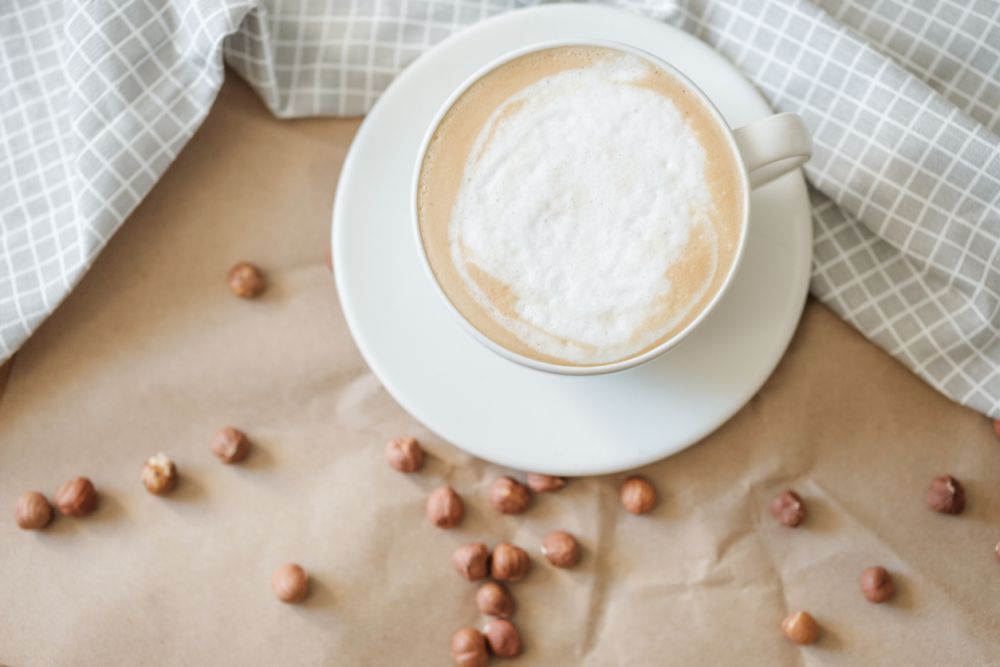
If you landed on this page, it’s safe to assume you love your cup of coffee just as much as we do. In fact, you might even have a wide palette of preferences when it comes to your caffeine fix.
But simply pointing to a coffee drink and having it served to you doesn’t do justice to the artistry and hard work that baristas put into each cup.
So, to help you understand and appreciate your coffee, we put together various guides on the differences between various types of coffee, such as flat white vs latte.
Table of Contents
- What is a flat white?
- What is a latte?
- The differences of flat white and latte
- The similarities of flat white and latte
- How to make a latte
- How to make a flat white
- Which one is better for you?
- FAQ
- Verdict
Novices usually split coffee into two categories: black coffee, and everything else. But the everything else is incredibly varied, and it wouldn’t be fair to just mix cappuccinos, espressos, and lattes all in one group.
Today, we’re going to discuss two of the most popular coffee drinks around – the flat white and the latte. We’ll be talking about their histories, their differences, and how you can make them at home.
Not only that, but we’ll give each coffee drink the attention it deserves. So by the end of our guide, you’ll be able to make an educated choice between the two.
What is a Flat White?
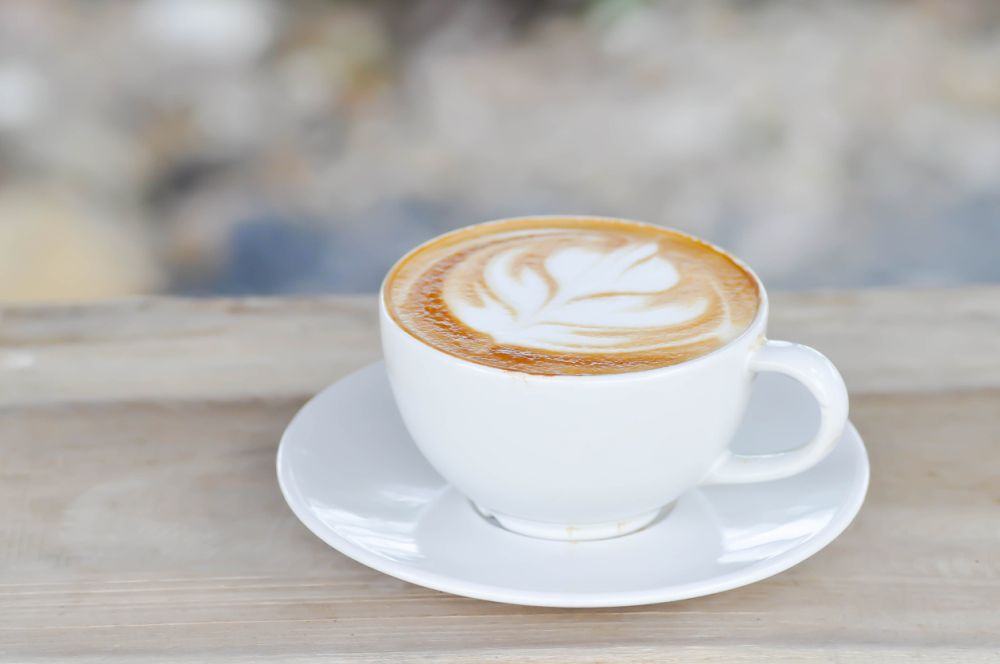
A flat white is a coffee drink that originated in Australia and New Zealand. Made with espresso and milk, it’s generally served in a small ceramic cup.
The espresso is first brewed, and then steamed milk is added to it. The milk is usually microfoam, which means that it has been aerated and has a velvety texture.
People usually order flat whites when they want a coffee that is creamy and flavorful but not too sweet, as it’s the perfect combination between the two.
You should also learn about the differences between flat white and cappucino.
What is a Latte?
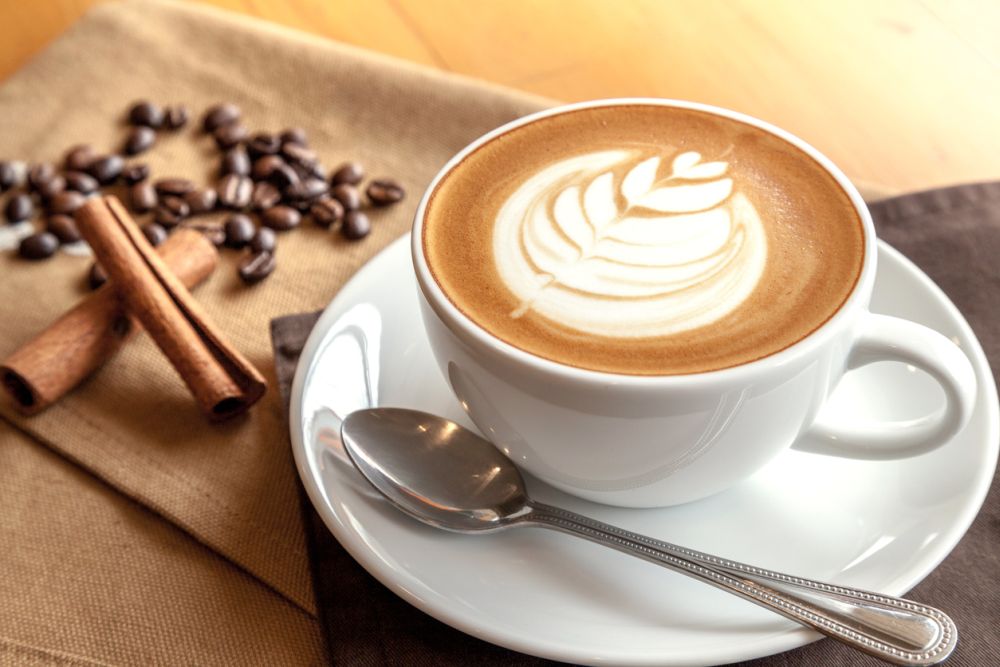
A latte, like a flat white, is made with espresso, steamed milk, and foam. It’s the most popular coffee in the US.
However, a latte is served differently than a flat white. While flat whites are usually served as small cups of around 6 ounces, lattes are much larger – up to 20 ounces, which is almost a pint!
The size difference means that there’s more milk in a latte, making it less strong and milkier than a flat white.
The Differences between Flat White vs Latte
In the next few sections, we’re going to explore all the differences that separate flat white from latte coffee:
1. A Flat White Only Uses Microfoam
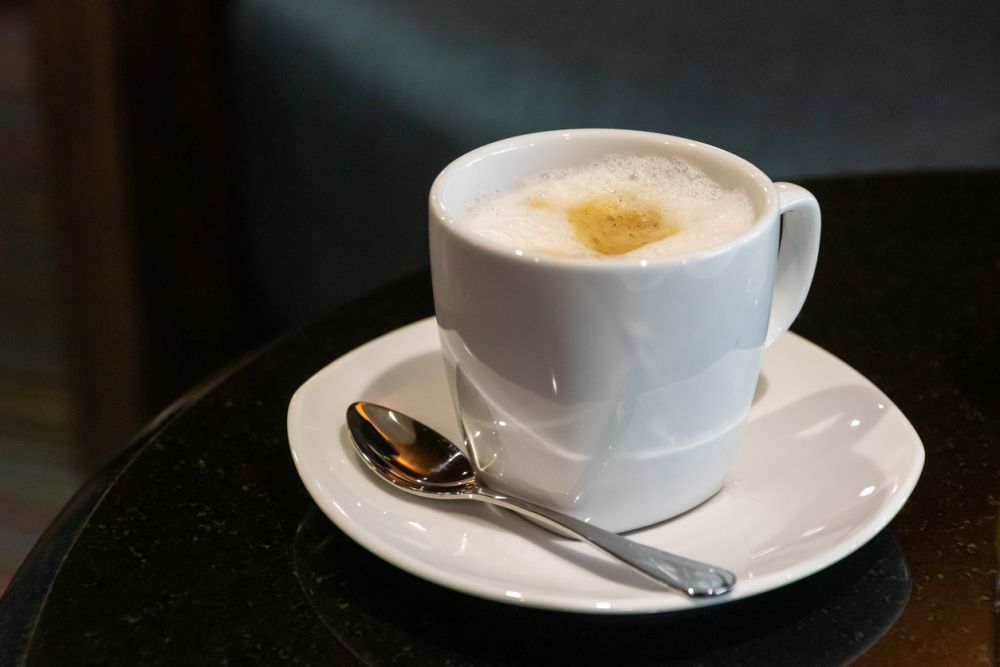
The first difference between flat white vs latte coffee is the type of milk used.
While lattes can be made with any type of milk, flat whites must be made with microfoam milk.
Microfoam milk is steamed milk that has been aerated to create a thick and velvety texture. It’s denser than regular steamed milk, so it creates a richer texture in your coffee drink.
To make microfoam milk, you need to foam the milk by using either a steam wand or an espresso machine with a built-in foaming device. Using high pressure and heat, the steam wand adds air to the milk, which increases its volume and makes it lighter.
Lattes, on the other hand, use a combination of steamed milk, frothed milk, and microfoam.
Multiple types of milk also involve much more work from the baristas:
- Firstly, baristas add steamed milk to the espresso to create a creamy texture.
- Secondly, they add frothed milk on top of that.
- Thirdly and finally, baristas use the steam wand to further increase the drink’s volume and aeration. The result is a creamy beverage with a strong coffee flavor and soft foam on top.
2. A Flat White Doesn’t Have Latte Art
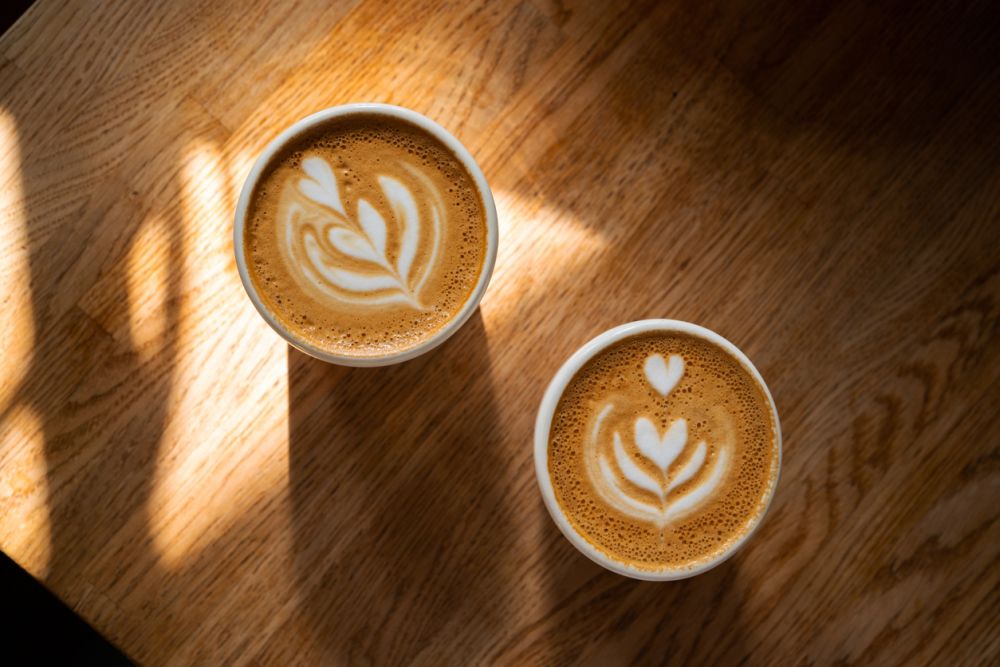
The second difference between flat white vs latte coffee is in the latte art.
Latte has latte art – it’s in the name. Although it doesn’t stop other drinks from having their own latte art, a flat white doesn’t.
A flat white doesn’t have latte art because it’s made with microfoam milk. And this type of milk doesn’t produce the same kind of foam as lattes. It’s possible to use it for decoration purposes, but it’s needlessly complicated, so it’s not worth the trouble.
Latte art is all about matching the espresso’s color and flavor with a pattern on top. Since flat whites don’t really have that, you won’t see any intricate patterns on top.
Frothed milk has a special structure that lets it hold the form tightly, while microfoam milk is softer and less stable. So if you pour microfoam on top of a flat white, it would just sink right into your coffee drink.
3. A Flat White Has a Stronger Espresso Flavor
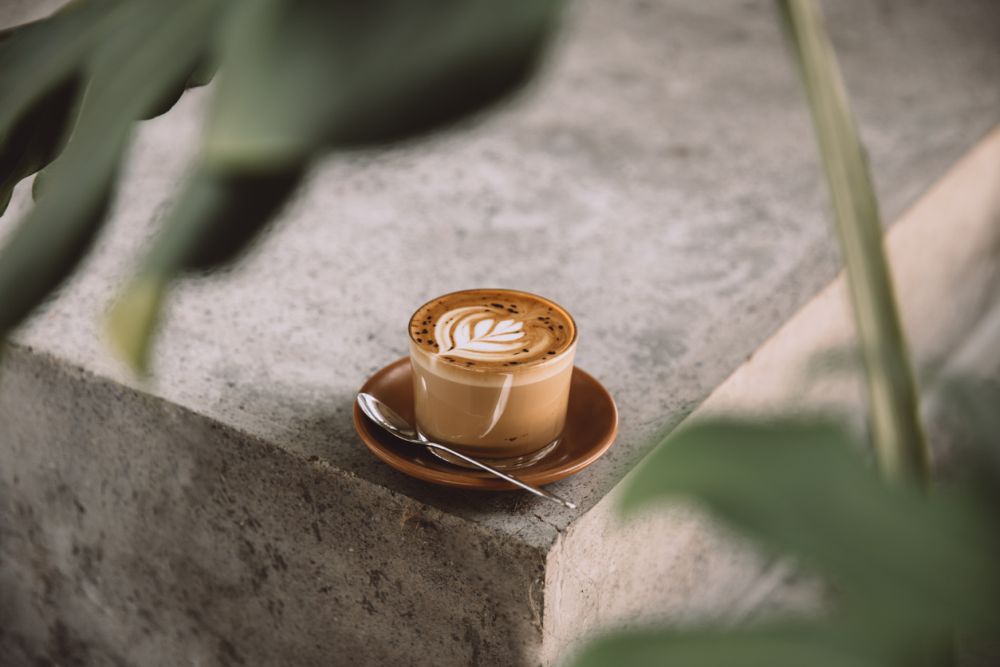
The third difference between flat white vs latte coffee is the espresso flavor.
Unlike lattes, flat whites focus on the coffee flavor using strong espresso that has been carefully extracted and balanced with the right amount of milk. So preparing a latte means making a small, concentrated drink that showcases the coffee flavors.
Because flat whites are made with microfoam milk, they have a stronger flavor than lattes. This is because steamed milk tends to dilute the espresso a bit, so you’ll lose some of its strong notes.
Lattes have up to 80% more milk than flat whites, so it’s no surprise their flavor is significantly milder.
Flat whites are not as sweet as lattes either since they don’t contain syrup or other added sugars. If you want to sweeten your flat white, it’s best to stick to raw sugar since it dissolves faster and melts into the drink better than granulated sugar.
While flat whites tend to be stronger and bolder than lattes, they’re still not as strong as straight espresso shots. So if you want something more intense, try Americano or ristretto coffee.
4. A Flat White Folds Microfoam into the Espresso
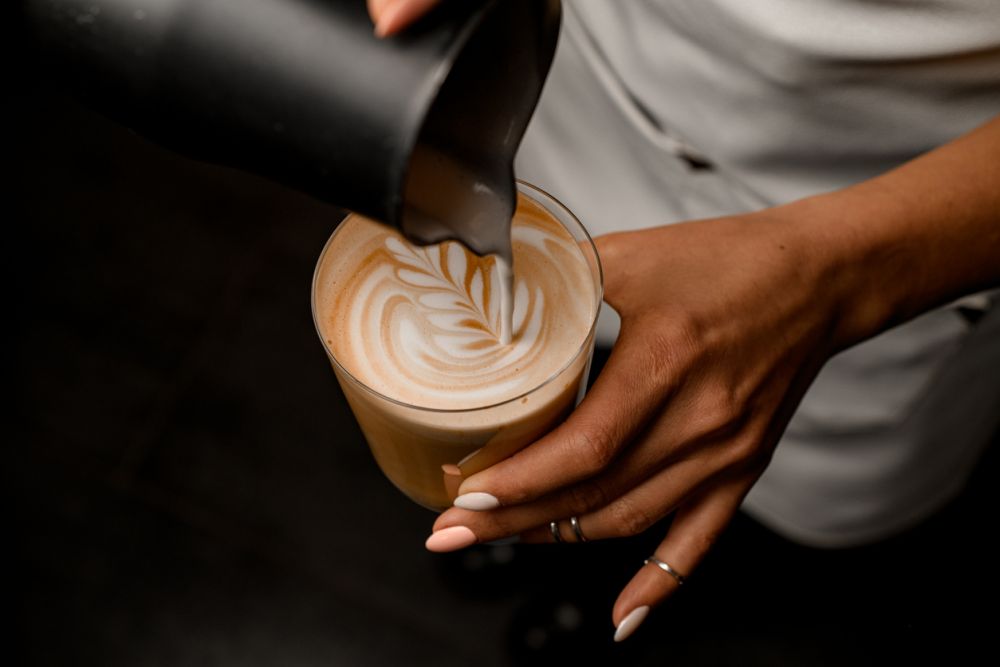
A fourth difference between flat white vs latte coffee is the microfoam used in the espresso.
Flat whites use less milk than lattes, and that’s one of the reasons why they have a stronger flavor.
Since flat whites need less milk to maintain a strong espresso flavor, it’s why they use microfoam milk instead of regular steamed milk.
Microfoam is made by adding air to the milk, which also increases its volume. As such, microfoam milk rises to the top of the coffee to give the flat white a soft, velvety texture – it’s what makes a flat white so unique.
Once the microfoam milk rises, the espresso is poured over the top, and the barista uses a microfoam whisk to set it all in place.
The entire process is what gives a flat white its signature texture and appearance and why it’s generally served with some kind of pattern on top.
5. A Latte is Larger than a Flat White
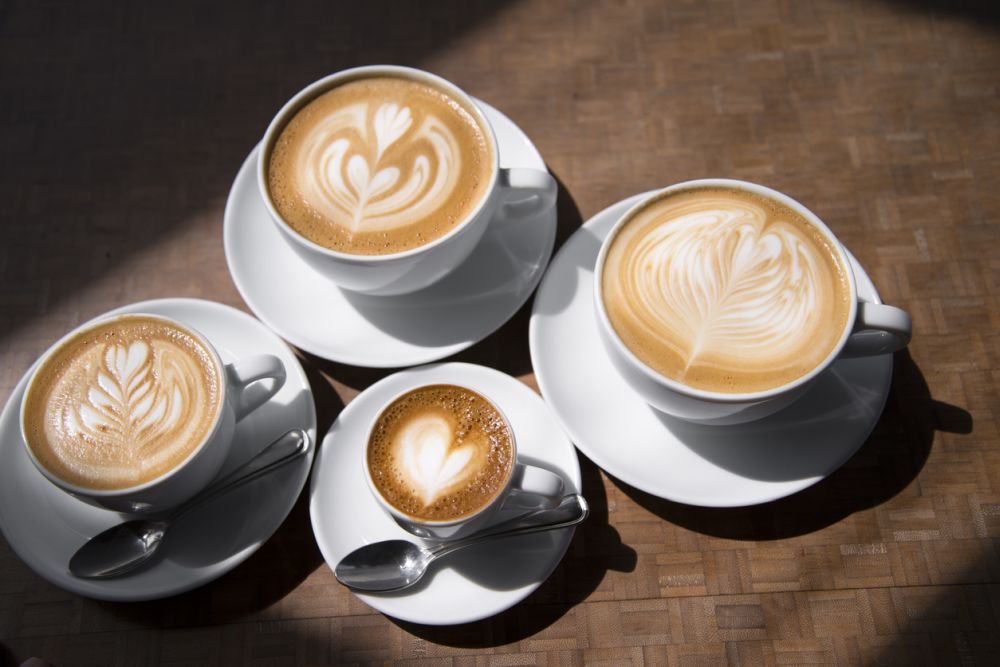
A fifth difference between flat white vs latte coffee is the size.
Lattes are larger than flat whites, and that’s because they use more milk. The standard recipe for a latte calls for around 10 oz of milk, while a flat white only uses around 6 oz.
The amount of milk used isn’t set in stone since there are always exceptions. Some cafes make their flat whites with more milk, while others use less – it all depends on the preferences of the barista and customer.
Since a latte uses more milk than a flat white, it comes in a bigger cup size to accommodate all that milk. It’s also one of the reasons why lattes are typically more expensive than flat whites.
6. A Latte is Not as Smooth as Flat Whites
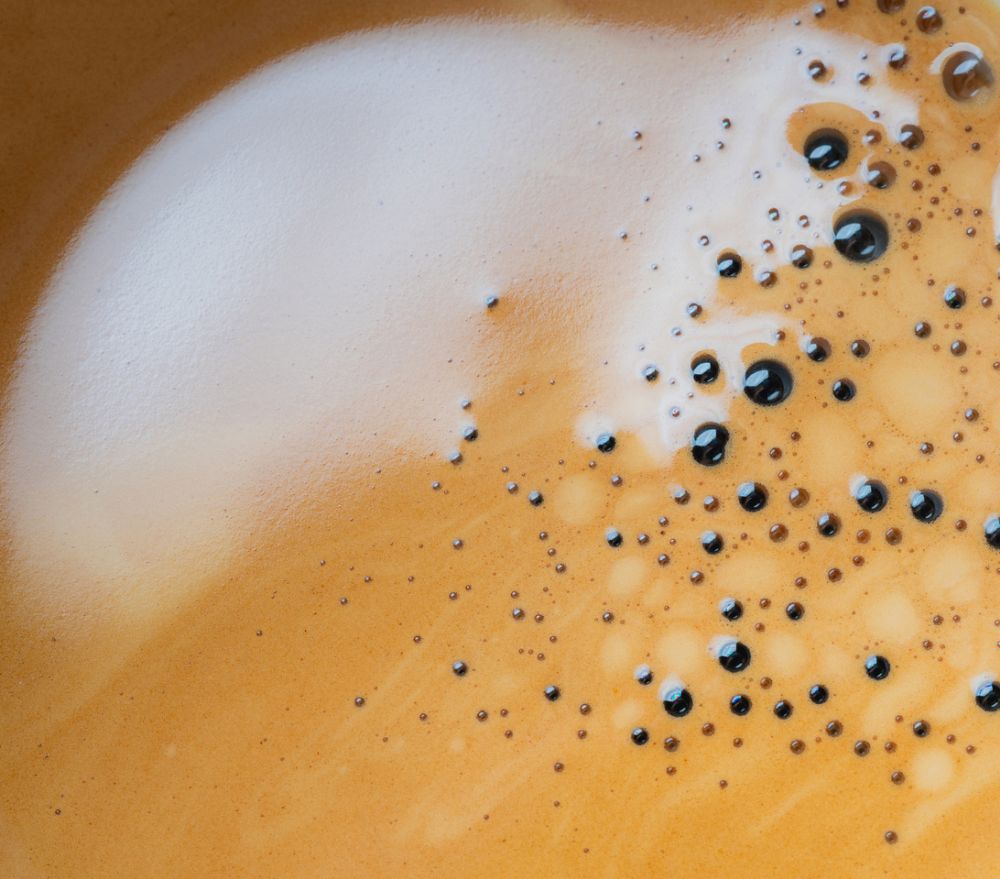
A sixth difference between flat white vs latte coffee is in the smoothness.
Remember we said that flat whites have a smooth, velvety texture? Well, lattes don’t.
The smooth texture of a flat white comes from the microfoam milk. On the other hand, lattes are made with several types of milk, such as frothed, steamed, and microfoam. This mix of milk types doesn’t have the same amount of microscopic air bubbles in it, causing a thinner, less velvety texture in lattes.
The Similarities between Flat White vs Latte

Now that we’ve taken a look at some of the major differences between flat whites and lattes, let’s talk about their similarities.
These two drinks have more in common than you might think. So it’s important to review both sides of the story before deciding which drink is better.
The following are common traits shared by flat white vs latte coffee:
- Firstly, both lattes and flat whites use espresso as their base. This gives the drinks a strong, bold flavor that’s almost impossible to replicate with regular coffee.
- Secondly, the two types of coffee are made with milk. Lattes use a combination of standard steamed, frothed, and microfoam milk, while flat whites use microfoam milk exclusively. In both cases, the milk is heated up to a drinkable temperature.
- Thirdly, latte and flat white coffee is topped with foam. Lattes use more frothy, foamy milk on top, while flat whites use microfoam. The difference in small details doesn’t impact the overall taste or appearance.
So there you have it – those are some of the major similarities between lattes and flat whites.
How to Make a Latte
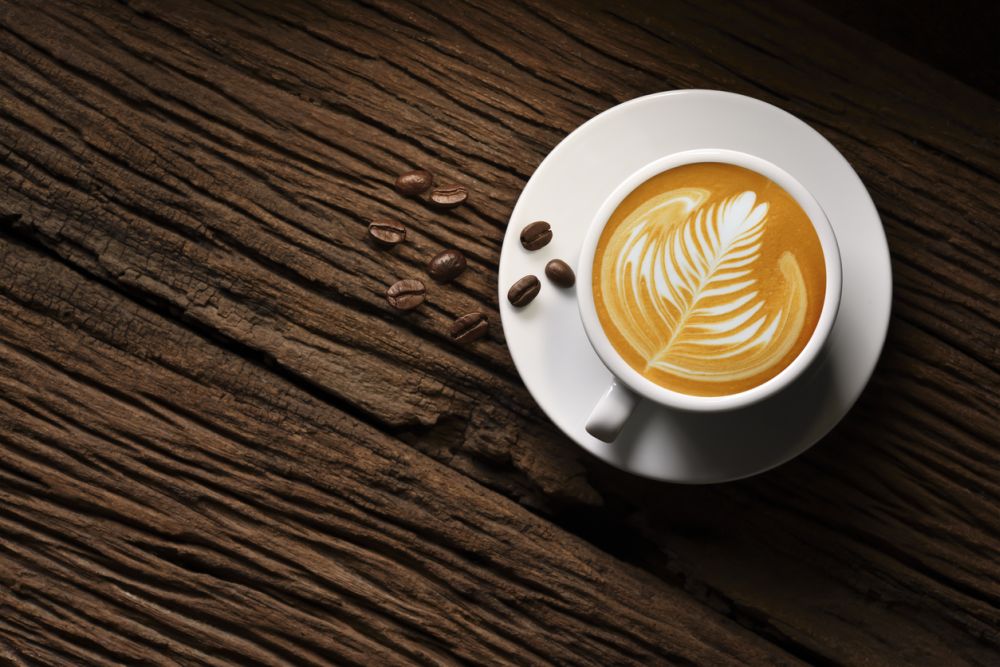
In this section, we’re going to show you how to make a latte at home. It’s a fairly simple process that doesn’t take much time or effort, so you can make this drink whenever you feel like it.
Ingredients:
- 1 cup of milk
- 2 shots of espresso
- A latte mug
- A milk frother (optional)
Instructions:
- To start making a latte, heat the milk to 195 degrees F (90 degrees C). This is the ideal temperature for making lattes and other types of creamy drinks.
- When your milk has reached the right temperature, use a frothing wand to turn it into microfoam. Continue whisking the milk until you get the kind of foam you want.
- Next, brew a shot (or two) of espresso and pour it into your mug.
- Lastly, pour the freshly-made microfoam on top and lightly dust with cocoa powder or cinnamon. That’s all!
It’s also possible to make latte without an espresso machine.
How to Make a Flat White

The following section demonstrates the easy steps for making a flat white at home.
Ingredients:
- 1 cup of milk
- 2 shots (or more) of espresso
- A spoon or another similar object to mix the milk and espresso together
- A mug or glass bowl to pour the drink into
Instructions:
- To start making a flat white, heat up the milk to around 150 degrees F (65 degrees C).
- Once the milk has been heated, use a frothing wand to turn it into microfoam.
- Next, brew your espresso shot and pour it into a mug or glass bowl.
- Slowly pour the microfoam milk on top, using a spoon to mix it all together as you go.
- When you’re happy with the consistency of the drink, pour it into your serving mug and enjoy!
With flat whites, you’ll need to be really patient. Firstly, it’s necessary to blend the microfoam for a while. Secondly, you must pour the milk very slowly over the espresso, mixing it together in a way that creates a velvety, smooth texture.
Flat White vs Latte: Which One is Better for You?

Now that you know more about lattes and flat whites, the question becomes: which one is best for you?
Ultimately, it depends on your personal preferences. Some people prefer stronger espresso flavors while others like their drinks light and creamy.
Regardless of whether you’re a latte or flat white person, there’s no denying that these drinks are delicious, refreshing, and perfect for any time of day.
If you’re lactose-intolerant, you should probably avoid milk-based drinks like lattes and flat whites. But if you don’t have any dietary restrictions, there’s nothing stopping you from at least trying these two types of coffee – ideal for a morning pick-me-up or an afternoon treat.
FAQ
Discover more helpful information about flat white vs latte coffee:
Is a flat white stronger than a latte?
Yes, a flat white is often stronger than a latte, due to the fact that it has lesser milk and more espresso. If both drinks are made from one espresso shot, the caffeine content should be the same, but the dilution is higher in the latte, which could lead people to believe it’s weaker than a flat white.
How is a flat white different than a latte?
There are several key differences between a flat white and a latte. The primary difference is that while lattes are made with steamed milk, flat whites are made with microfoam milk. Microfoam milk is made by blending air into the milk, which gives it a velvety texture. Another key difference is that flat whites generally have less milk than lattes, making them stronger and more espresso-forward.
What tastes better: flat white or latte?
This is a matter of personal preference. Some people prefer the strong espresso flavor of a flat white while others prefer the light and creamy taste of a latte.
What is healthier between flat white and latte?
Both lattes and flat whites can be made with high-quality milk and moderate amounts of sugar. It’s best to keep track of your overall caffeine intake when drinking either type of drink. That way, you can manage your energy levels in a healthy way and avoid any negative effects.

Which has more milk: flat white or latte?
A flat white generally has less milk than a latte, as the steamed milk in lattes is replaced with microfoam milk. This results in a richer and more espresso-forward drink. Still, some flat whites have more milk than others, so you may want to experiment with different recipes to find the perfect ratio for you.
Can you make flat white without espresso?
You can make a flat white with decaf espresso or coffee, but it will be missing the signature kick that espresso brings. If you want to avoid caffeine altogether, you can try using herbal tea or decaf coffee as a base for your flat white. Just keep in mind that the flavor will be different than what you’re used to.
How do you make microfoam?
The process of making microfoam depends on several factors, like the type of milk and milk temperature. Generally, you need an espresso machine with a steam wand to control the amount of air mixed into the milk. Although you can use a blender to create microfoam, the results won’t be as consistent.
Is flat white coffee sweet?
Flat white coffee is not inherently sweet. However, depending on how it’s made and what type of milk is used, it can range from being barely sweet to tasting quite sugary. If you want a sweeter flat white, try using a flavored syrup or adding a bit of sugar to the recipe.
Flat White vs Latte: Verdict
To wrap it up, the main differences between a flat white vs a latte are the type of milk used, the amount of milk in each drink, and the caffeine content.
Both drinks can be made using high-quality ingredients and are delicious when prepared correctly.
Ultimately, which one you prefer comes down to personal taste and what you’re looking for in a beverage. Whether you want a rich and creamy drink or something lighter and refreshing, there’s a coffee drink out there for everyone.
Leave a Reply